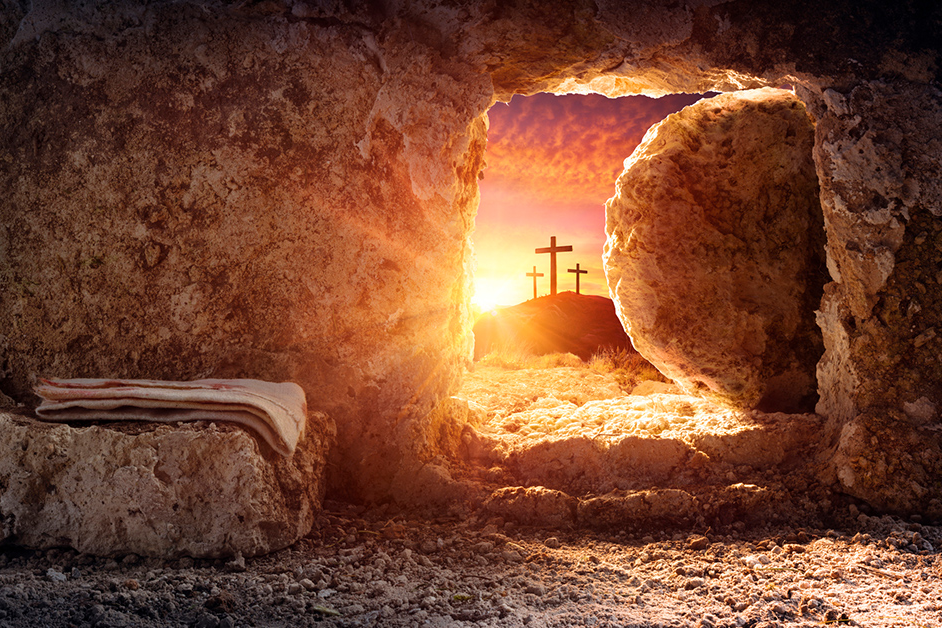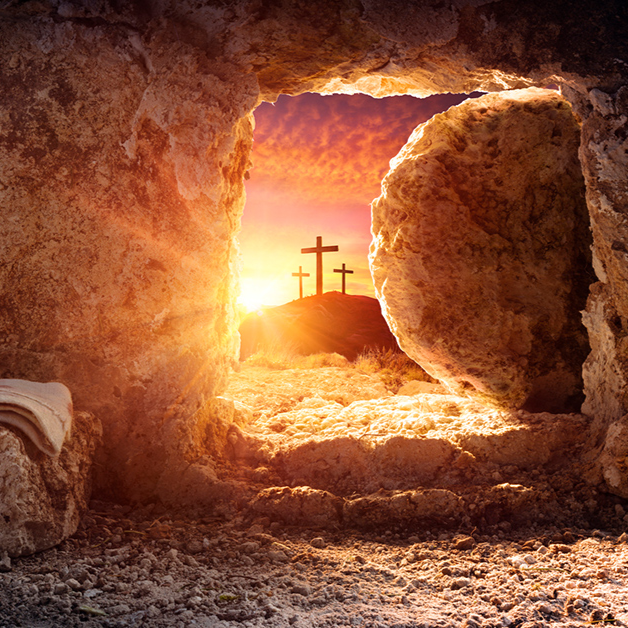
Resurrection of Jesus.

 Introduction
Introduction
From earliest times Christians have gathered through the night of Easter to recall the story of God’s saving work, from creation through to the death and resurrection of our Lord Jesus Christ. However, the Easter Liturgy is not merely a presentation of Gods work. It is meant to be a real experience of new life for the worshipper, a passing from darkness to light which offers hope to all the faithful. It is therefore important that the preparation is prayerful and thorough. The Easter Vigil marks the end of the emptiness of Holy Saturday, and leads into the celebration of Christs resurrection. The singing of the Exsultet, the ancient hymn of triumph and rejoicing, links this night of our Christian redemption to the Passover night of Israels redemption out of Egypt. Christian baptism is a participation in the death and resurrection of Christ, a dying to sin in order to be reborn in him, and the Easter Vigil was from early Christian times a preferred occasion for baptism. It is fittingly a time when those who are already Christians may repeat with renewed commitment the promises of their own baptism, and strengthen their sense of incorporation into the royal and priestly ministry of the whole people of God. The Easter Gospel is proclaimed with all the joy and splendour that the church can find. The Easter Eucharist may follow immediately on the Vigil, or be deferred until Easter Day. All the resources of the church – music, flowers, bells, colours – are used to celebrate Christs resurrection. The Alleluia, which has been silent throughout Lent, returns. Now the queen of seasons, bright with the day of splendour, with the royal feast of feasts, comes its joy to render. (John of Damascus)









